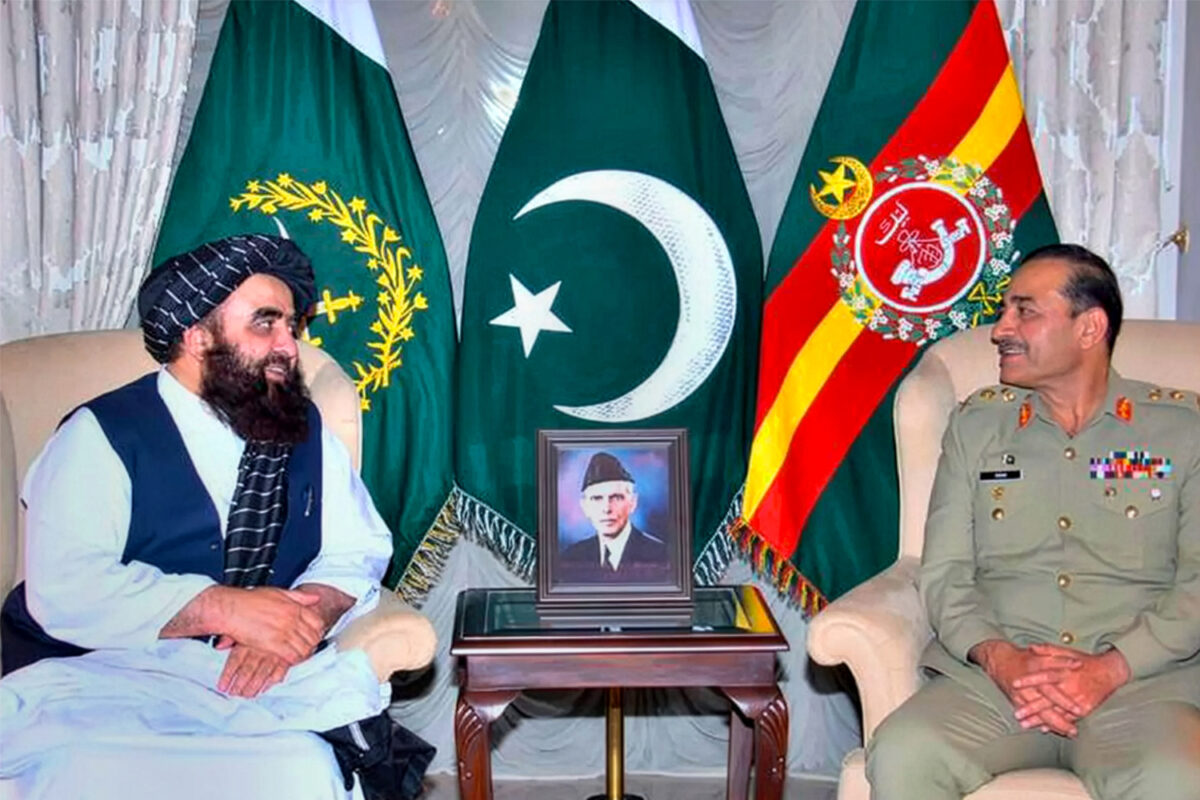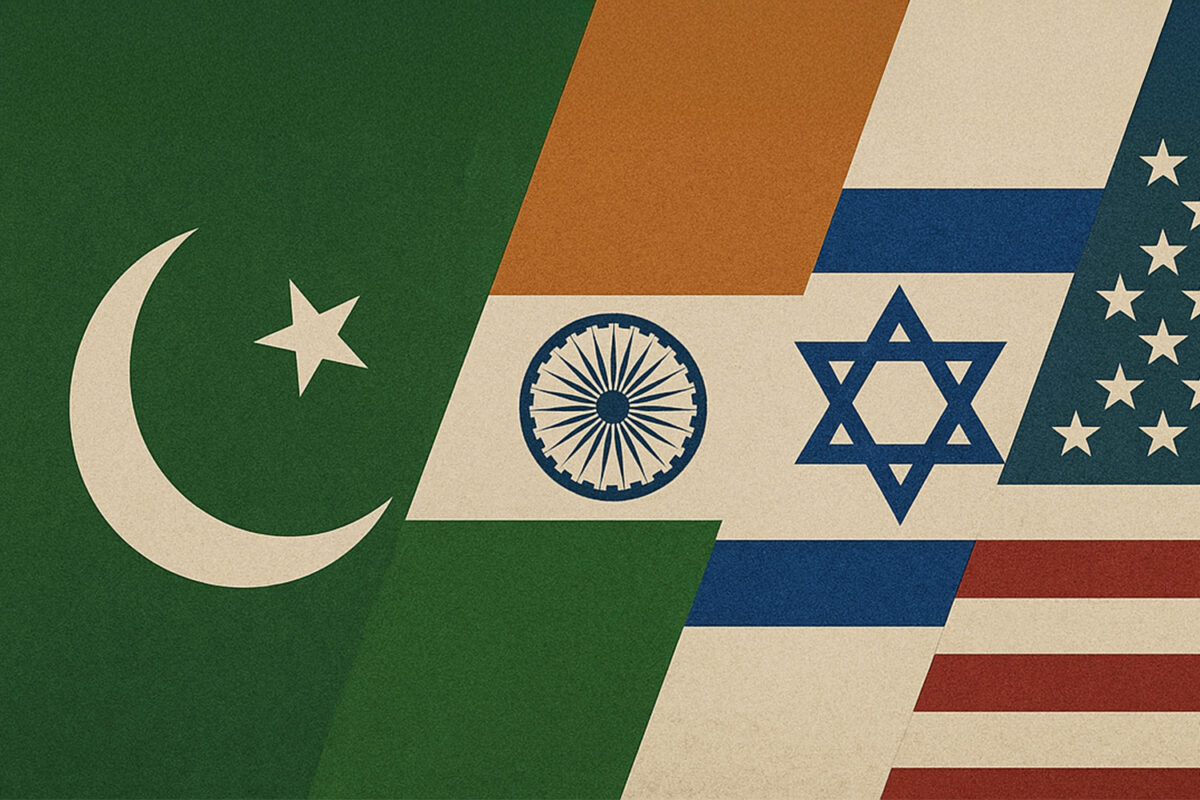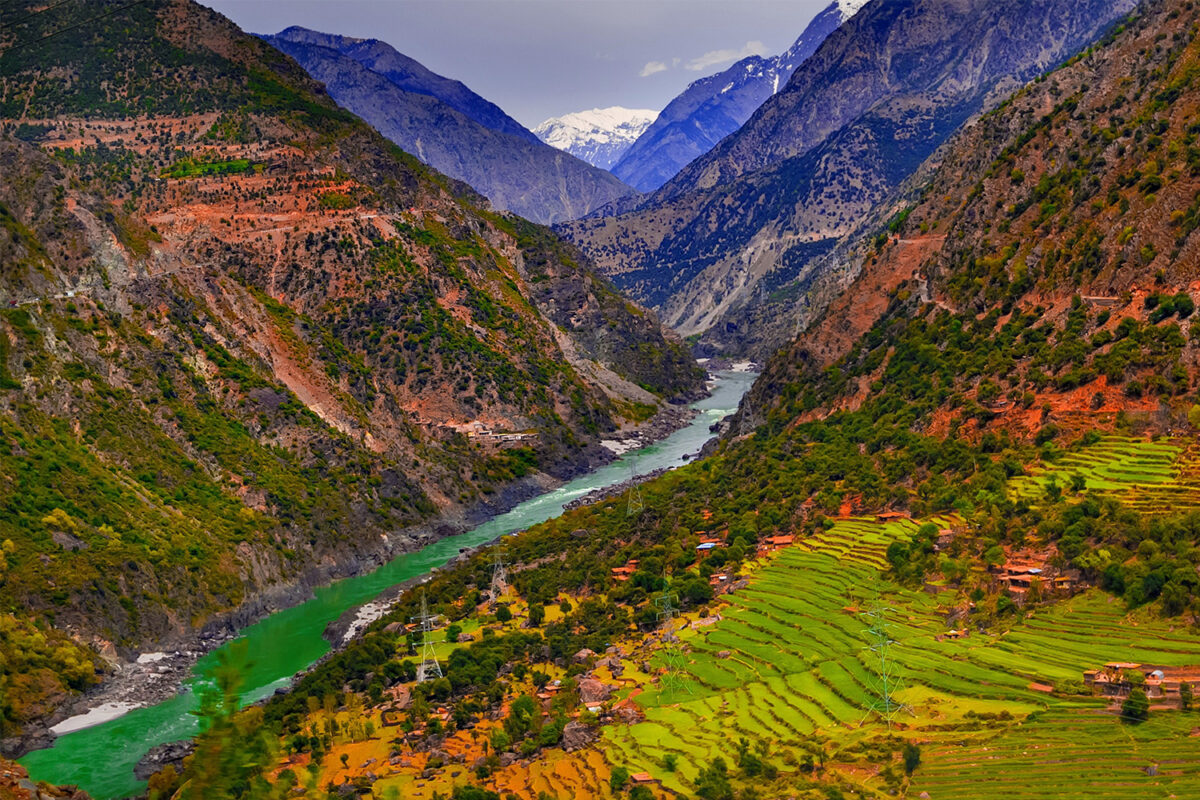Russia has become the first nation to officially recognise the Taliban as the legitimate rulers of Afghanistan. Whilst several countries from China to Iran have been engaging with the Taliban, none have formally recognised the Taliban government since it took power back in 2021.
For more than two centuries, Afghanistan has occupied an outsized space in Russian strategic thinking — not because of its mineral wealth, nor its ancient cultural heritage, but for the simple, immutable facts of geography. Landlocked and mountainous, Afghanistan may seem an unlikely prize. But for Russian rulers, from the Tsars to the commissars to the current occupants of the Kremlin, Afghanistan has long been viewed as a gateway to something Moscow has coveted since the days of Peter the Great: warm water access to the Indian Ocean.
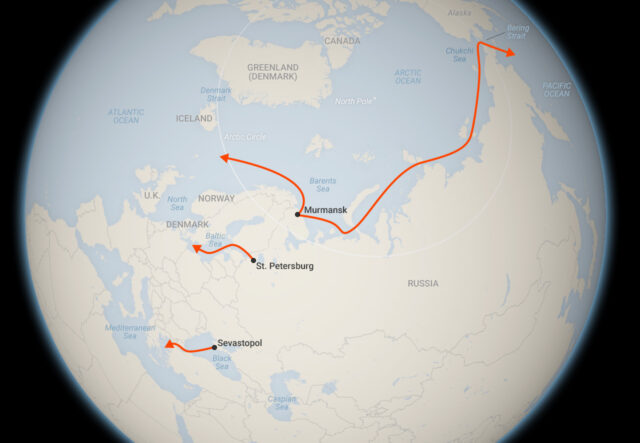
Russia’s geography is vast, but unforgiving. Despite stretching across eleven time zones, its maritime lifelines are remarkably fragile. The Arctic ports are icebound much of the year; those in the Far East face the uncertainties of the Pacific. Russia’s Black Sea ports, meanwhile, provide year-round access to the Mediterranean — but only via the Bosphorus Strait, a narrow chokepoint firmly under the control of NATO member Turkey, a historic rival.
Thus, the strategic allure of Afghanistan endures. Its rugged, forbidding terrain offers no easy path to the sea. Yet, as history shows, control over the region — whether through direct conquest or more subtle forms of influence — remains critical to any Russian vision of breaking free from maritime encirclement.
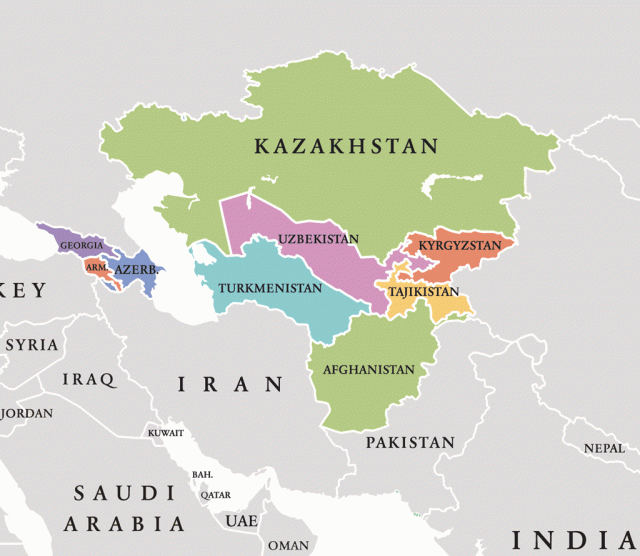
From the Great Game to the Cold War
The 19th-century contest between Tsarist Russia and the British Empire, famously dubbed the “Great Game,” turned Afghanistan into a geopolitical chessboard. Each side installed puppet rulers, fomented revolts, and dispatched envoys, all in a bid to deny the other influence over the mountainous buffer state.
The collapse of the British Empire did little to end Afghanistan’s role as a strategic prize. As the Soviet Union emerged as a global power, Afghanistan once again became a battleground — this time in the Cold War’s ideological and military confrontation between Moscow and Washington.
The Soviet invasion of Afghanistan in 1979 was, in many ways, the culmination of this long-standing obsession. The campaign proved disastrous. Over a decade of brutal guerrilla warfare by Western-backed mujahideen not only drained Soviet resources but contributed to the eventual collapse of the USSR itself. By the time Soviet troops withdrew in 1989, Moscow’s appetite for Afghan adventurism appeared exhausted. But history, like geography, rarely stays dormant for long.
Old Enemies, New Friends
The legacy of the Soviet-Afghan War remains visible in the modern Taliban. Many of the mujahideen factions that bled the Red Army eventually coalesced into the Taliban movement, which seized power in Kabul in the mid-1990s. Russia, still grappling with Islamist insurgencies in Chechnya and Central Asia, regarded the Taliban with deep suspicion — a destabilising force whose brand of militant Islam posed a direct threat to Moscow’s vulnerable southern flank.
The legacy of the Soviet-Afghan War remains visible in the modern Taliban. Many of the mujahideen factions that bled the Red Army eventually coalesced into the Taliban movement
Yet, in geopolitics, yesterday’s enemies often become today’s uneasy partners. The Taliban’s return to power in 2021, following the chaotic withdrawal of U.S. and NATO forces, confronted Russia with an uncomfortable reality: the Taliban, however unpalatable, were now the de facto rulers of Afghanistan. Ignoring them was no longer an option.
Ironically, it was an American-brokered deal — the Doha Agreement of 2020 — that opened the door for Russia’s diplomatic pivot. The agreement, signed between the Taliban and the United States, included explicit guarantees that Afghanistan would not be used to host terrorist groups or threaten the security of America and its allies. While crafted for American interests, the assurances also soothed Russian fears that Afghanistan might once again become a haven for extremists targeting Central Asia or Russia itself.
In contrast to their 1990s incarnation, the Taliban leadership has worked hard to project a more pragmatic image. They insist that their ambitions are confined within Afghanistan’s borders. The grandiose dreams of a global caliphate have been replaced by more prosaic goals: to consolidate power and impose Sharia-based governance at home, while seeking international recognition abroad.
Moscow’s Calculated Embrace
Russia’s response has been cautious, but increasingly pragmatic. While lingering mistrust remains — few in Moscow forget the Taliban’s links to Chechen militants or their brutal brand of Islamism — realpolitik has prevailed.
Since 2021, Russia has hosted Taliban delegations, facilitated back-channel talks, and maintained quiet diplomatic engagement. The logic is straightforward. A stable, if autocratic, Taliban-controlled Afghanistan is preferable to the alternative: a failed state exporting refugees, extremism, and narcotics across Central Asia and beyond.
The relationship has gradually thawed. Taliban representatives attended Russia’s flagship St. Petersburg International Economic Forum in 2022 and again in 2024 — a clear signal that Moscow is willing to engage, albeit cautiously. Last October, the Taliban’s top diplomat met Russia’s Foreign Minister, Sergey Lavrov, in Moscow.
Then, in July 2024, came the most public endorsement yet. President Vladimir Putin labelled the Taliban “…allies in the fight against terrorism…” particularly against ISIS-K, the brutal offshoot of Islamic State that has established a foothold in Afghanistan and poses a genuine threat to regional stability.
The final diplomatic hurdle was removed in April 2025, when Russia’s Supreme Court lifted the Taliban’s long-standing terrorist designation, paving the way for formal recognition. Lavrov was characteristically blunt: “The new authorities in Kabul are a reality…” he declared, calling for a “…pragmatic, not ideologised policy…” toward Afghanistan.
Railways, Recognition, and Realpolitik
Russia’s diplomatic pivot is driven not only by counterterrorism concerns but by the same age-old ambition: access to the Indian Ocean. What Moscow failed to achieve through military conquest, it now hopes to realise through infrastructure and economic cooperation.
A series of proposed rail projects could transform Afghanistan from a war-ravaged backwater into a vital transit corridor linking Central Asia — and by extension, Russia — to the sea. Among the most significant are:
- The Chabahar-Zahedan Railway, extending Iran’s rail network into western Afghanistan, offering landlocked Central Asian states a direct route to the Indian Ocean.
- The Sarakhs-Torbat-e Jam Route, a revived freight link connecting Iran and Uzbekistan via Afghan territory.
- The Five Nations Railway Corridor, an ambitious scheme linking China to Iran, passing through Afghanistan, Tajikistan, and Kyrgyzstan.
With Soviet-era rail infrastructure still connecting Russia to Central Asia, integrating these routes into Moscow’s broader transport network is a tantalising, and simple, prospect.
For the Taliban, Russian recognition — particularly from neighbouring countries — offers more than symbolic validation. It provides a chance to chip away at their international isolation and attract the foreign investment and infrastructure development Afghanistan so desperately needs.
Fragile Allies, Fluid Fortunes
Russia’s embrace of the Taliban also reflects a broader strategic reality: the Kremlin’s traditional allies are few and fragile. Relations with China are largely transactional; ties with countries like Iran and Venezuela are beset by economic crises and geopolitical volatility.
Yet instability breeds opportunity. Iran, once a reluctant pillar of America’s Middle East security order, now finds itself isolated and facing existential threats. For Russia, cultivating deeper ties with Tehran and Kabul offers a rare chance to shape events in its volatile southern neighbourhood — and to weaken America’s hand in the process.
Afghanistan remains, as ever, a crucible of great-power competition and local ambition. But this time, rather than invading, Russia hopes to win influence with railway lines, diplomatic overtures, and pragmatic statecraft. Whether the new Great Game ends differently than the last remains to be seen.


